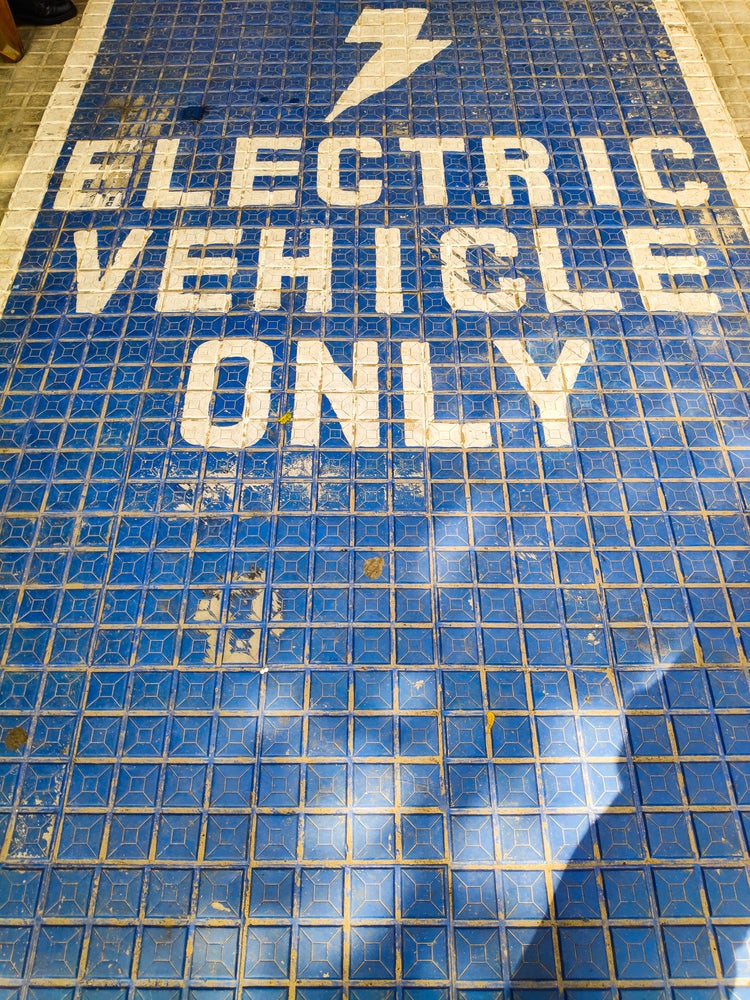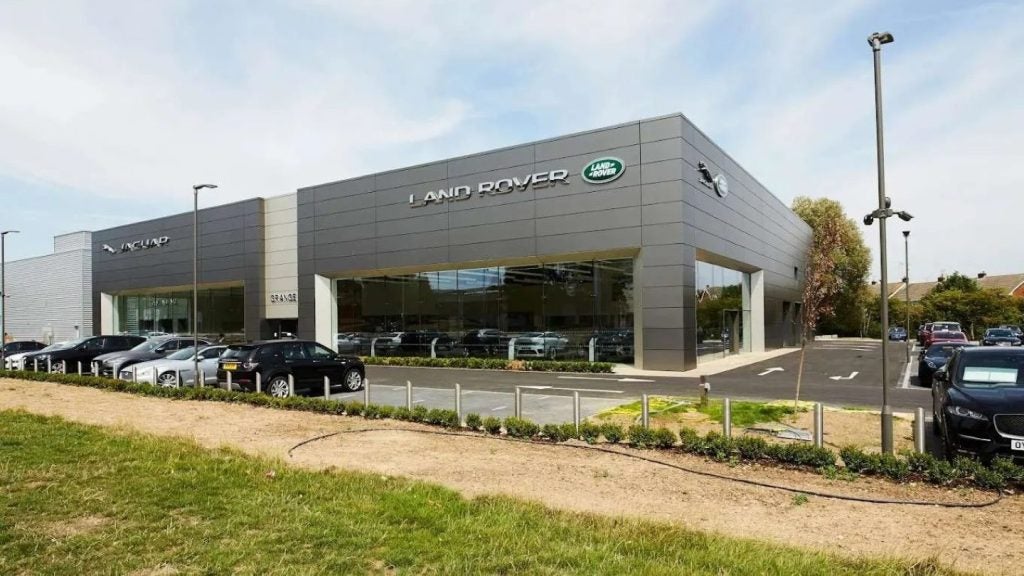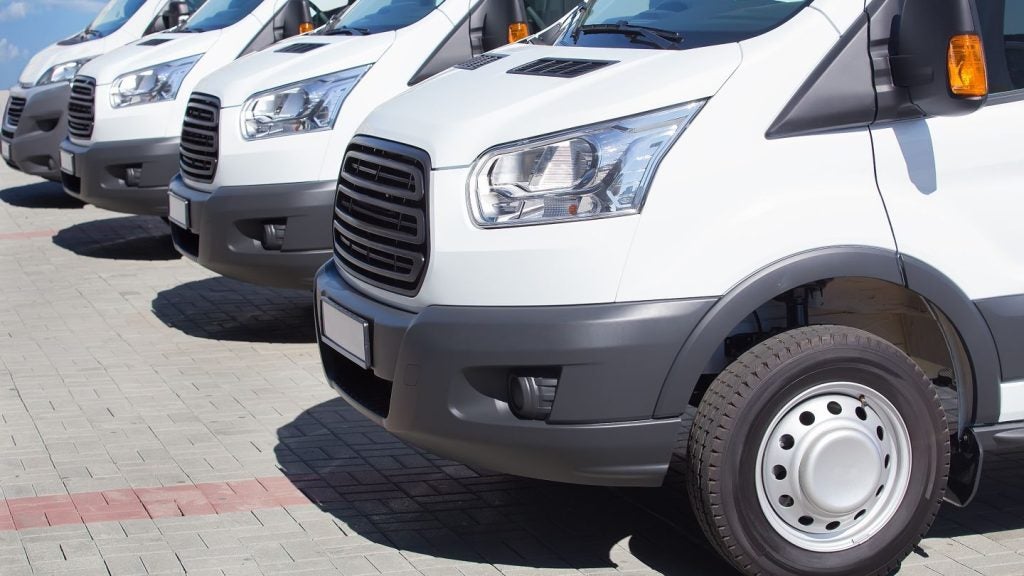We now have over 55,000 charging points across 31,445 locations in the UK, another significant increase of 46% year-on-year. But for the nation to sustain the phase-out of internal combustion engines by 2035, we need nearly 200,000 more charging points at the very least—a staggering 363% increase from where we are now.
That’s not to say we can’t get there. Businesses, industries, and manufacturers are tirelessly working to develop and roll out new charging points nationwide. Both public and privately-owned charge points are being installed every day. However, the most exciting developments will be the improvements in charging technology.

As the adoption of electric vehicles (EVs) continues to grow, it’s even more vital that sufficient charging options are available at home, in workplaces, and on the road. All in a bid to ease the transition to EVs and encourage more drivers to make the switch.
Could EVs be next to adopt wireless charging?
The future of EV charging will need to be fast and convenient. Wireless charging for electric vehicles is a promising advancement in this space, offering a multitude of benefits, but it has its challenges. Wireless charging will simplify the charging process by eliminating the need for physical connectors, providing EV owners with a seamless and convenient experience.
This technology enables integration into a range of environments, like home garages, public parking lots, and even dynamic charging lanes on roads. Wireless charging can also reduce wear and tear on traditional plug-in connectors, improving long-term reliability and reducing maintenance costs.
Researchers have been working on this technology for a while, and significant developments have been made. For example, Oak Ridge National Laboratory has recently set a new power record for wireless charging, recharging an EV to 100 kW with 96% efficiency.

US Tariffs are shifting - will you react or anticipate?
Don’t let policy changes catch you off guard. Stay proactive with real-time data and expert analysis.
By GlobalDataHowever, challenges lie ahead in this journey. There’s still lower charging efficiency compared to wired charging, higher upfront installation costs and standardisation issues that must be addressed.
Optimising charging speeds and compatibility with different vehicle models also remain areas for ongoing research and development. Despite these barriers, continued progression in wireless charging technology holds promise for enhancing the accessibility of charging infrastructure in the future.
The advancement of urban charging
Central London, Manchester, and Birmingham are all urban hubs for businesspeople, drivers, tourists, and households alike. Take London as an example: roughly 70% of people do not have their own parking space –an unsurprising figure. However, the development of urban charging has been a great one to watch.
Paving the way for convenient on-street charging in built-up public areas has been a priority for many EV charging providers, and there’s been a significant rise since the first lamppost charger installation years ago. Last year, data showed that at least 60% of on-street chargers were lamppost devices. By integrating charging capabilities into existing infrastructure, cities can enhance the accessibility of electric mobility.
The power of EVs for the UK’s energy network
In one of National Grid’s Future Energy Scenarios, V2G charging could provide up to 38GW of flexible power from 5.5 million EVs. That extra electricity would cover all the extra peak power the UK needs in the highest-demand scenario for 2050.
Alongside broader electrification, the integration of electric vehicles into the energy ecosystem is expected to generate increased demand for power. This uptick in demand is anticipated to influence electricity prices. However, the resulting volatility presents an opportunity for businesses to capitalise by utilising bi-directional V2G charging. This will enable fleets to recharge during periods of low energy prices (at night) or when surplus renewable energy is available.
We’re helping organisations across the UK transition from internal combustion engine vehicles to EVs and develop a reliable, future-proofed electrification strategy. By trialling technologies like V2G, we’re beginning to understand how they can work in tandem and the future of commercial energy. Everything we learn will help us support businesses – now and in the future.
Although bidirectional charge points exist, they have not reached a scale or price point conducive to widespread adoption. However, advancements in V2G technology are expected to drive down costs in the near future, making it more accessible. As a result, organisations with EV fleets will be poised to reap significant benefits from this emerging technology.

Credit: Drax Electric Vehicles
The future of EV charging is ripe with innovation and potential. Urban charging networks, smart integration, and wireless solutions are cornerstones in crafting sustainable and effective infrastructure. Embracing these advancements and tackling the obstacles they present will propel us toward a more eco-friendly electric future.
Naomi Nye is electric charging specialist at Drax Electric Vehicles








